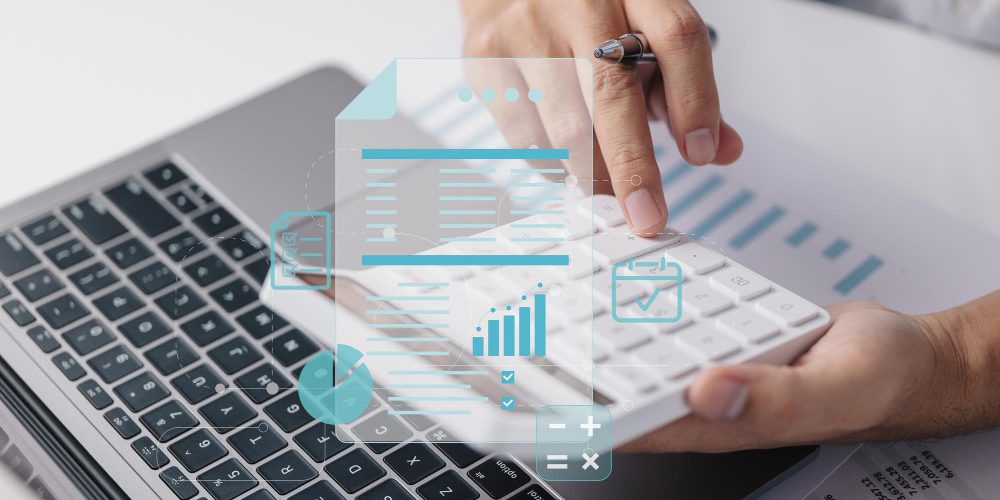Large language models (LLMs) like ChatGPT and GitHub Copilot are rapidly…
The internet of things is a hot topic now, with lots of factors to consider. How can it enhance customers’ and end-users’ lives and productivity? How do companies use the data they collect through internet of things devices? How do consumers feel about the use of the data these connected devices gather? What privacy and security concerns are raised through the use of IoT devices? Is the internet of things even anything more than a gimmick?
There is a lot of discussion surrounding IoT due to the prevalence of consumer devices such as Amazon’s Echo products, Google’s Home ecosystem, WiFi doorbells and security cameras, even smart plugs you can turn lights and appliances on and off with. Just like an iceberg, though, the things you might most immediately associate with the concept are just the very tip of a broad category of devices.
How Can You Define the Internet of Things?
According to ZDNet, a business technology news website, the internet of things is made up of the “billions of physical devices around the world that are now connected to the internet, collecting and sharing data.” Using this definition, it becomes clear that this goes far beyond a smart speaker in your living room. Your smartphone, smart TV, Nest thermostat, Apple Watch, Ring doorbell — they’re all part of the IoT, but with an estimated 10 billion internet of things devices as of 2018 (with a projected 64 billion by 2025!), there are many more devices than just the ones you have in your home.
IoT-connected devices can be found everywhere from agriculture to industry to infrastructure, providing critical data that enhances value and provides greater understanding of processes across disciplines and industries. Safety on city streets. Water quality and use. Air pollution. Energy consumption. Failure points in a city’s infrastructure. Traffic management. The list can go on and on.
Internet of Things in the Real World
Something with applications as broadly sweeping as the IoT might seem hard to understand on a practical level, so let’s look at a concrete example of how your interactions with the internet of things provide you value on a day-to-day basis.
Assume that you use a phone app, with built in weather and traffic integration, as your alarm clock. Your usually scheduled alarm gives you enough time to get ready for work and drive to the office. But today, a forecasted snowstorm is significantly heavier than expected, something you don’t realize because you’re soundly asleep.
Based on weather sensors in your area, your app draws on data about how heavy the snowfall is and how much accumulation there will be by the time you need to leave. Concurrently, it’s also pulling in information about delays and accidents caused by the snowstorm.
With the data provided by those services, your app processes the information and determines that, due to weather-related accidents on your route, the slower pace of traffic due to the snow and the extra time you’ll need to shovel your driveway before you leave, it adjusts to wake you up 45 minutes early, providing you with an alert about weather and traffic conditions and possibly even suggesting an alternate route to avoid reported accidents on your way to work.
Some of the functionality in this example might not be available today in your standard phone alarm app, but greater IoT integration and analytics in the near future can make this scenario possible.
IoT and Analytics
Obviously, with over 10 billion smart devices comprising the internet of things (a number that, you’ll recall, is expected to grow significantly), there are a lot of points of continuous data collection. With billions and billions of connected devices transmitting everything from air and water quality data to social media updates — around the world and around the clock — data unification becomes a top concern.
How does a company analyze data from sensors monitoring industrial manufacturing equipment while also considering the data coming from its environmental sensors, vendor shipping data and customer trend data?
And how can you use prescriptive analytics to draw actionable insights from IoT data?
That’s where Zirobi can help.
Companies have access to individuals’ data like never before, with the average person in the United States interacting with more than 8 connected devices on a daily basis — a number that will only grow. The difficulties inherent in managing and analyzing IoT data are the same as those found in big data in general. The five Vs are found in the IoT in spades — the challenge lies in managing all of the data from all of these connected data collection points (IoT devices) and turning it into knowledge and value.
Zirobi’s capabilities encompass managing the collection and storage of the incredible volume of generated data, but we can also help you analyze the data in real time, delivering an actionable strategy for creating value for your company as well as your customers.
Connected sensors and smart devices might tell you about your customers’ buying habits and what products and services they are interested in, allowing you to proactively engage with them rather than wait for them to come to you. If a customer has your company’s app installed on her smartphone, maybe geofencing around your retail location in a shopping mall notices when the customer is nearby. Based on past purchase history and current sales promotions, you can push notifications to her device with targeted suggestions, enticing her to shop at your store when she may not have been planning to.
Or in an enterprise scenario, tracking and monitoring sensors on a logistics company’s fleet can identify necessary repairs before they become critical; provide optimized route suggestions based on construction, traffic and fuel prices; and give partners real-time alerts to better manage delivery expectations.
The data you collect through the internet of things is an invaluable resource, as long as you can derive analytic results from it. You have the data; let Zirous help you optimize it.
Mitigating Risks and Improving the Customer Experience
This discussion wouldn’t be complete without addressing the intrinsic concerns in the space. Consumers have indicated that they are comfortable sharing their data for the convenience and lifestyle benefit smart devices can offer; the assumption, however, is that their data will be protected and managed appropriately.
There are countless stories in the news of organizations that have failed to protect their customers’ data. As the internet of things proliferates, companies have access to greater and greater volumes of incredibly sensitive customer data: sleeping and eating habits, music and TV preferences, identity information, personal schedules and more. The internet of things brings corporations into individuals’ homes in a brand-new way, and these businesses need to act responsibly. Steps must be taken around compliance and governance to ensure that customers continue to feel comfortable with the value proposition of internet of things devices.
Companies that can deliver value and improve CX for end users, effectively balancing privacy, security and usefulness, can gain endless insights from this data — data that is virtually impossible to gather any other way.
The benefits of the internet of things have an as-yet-unknown ceiling, to industry, internal and external customers, even society as a whole. Healthcare, logistics, public safety, agriculture, construction — the potential at this point seems limitless. If you want to learn more about how to leverage data provided by the internet of things and connected devices to grow your business and provide a greater customer experience, reach out to us today.




This Post Has 0 Comments